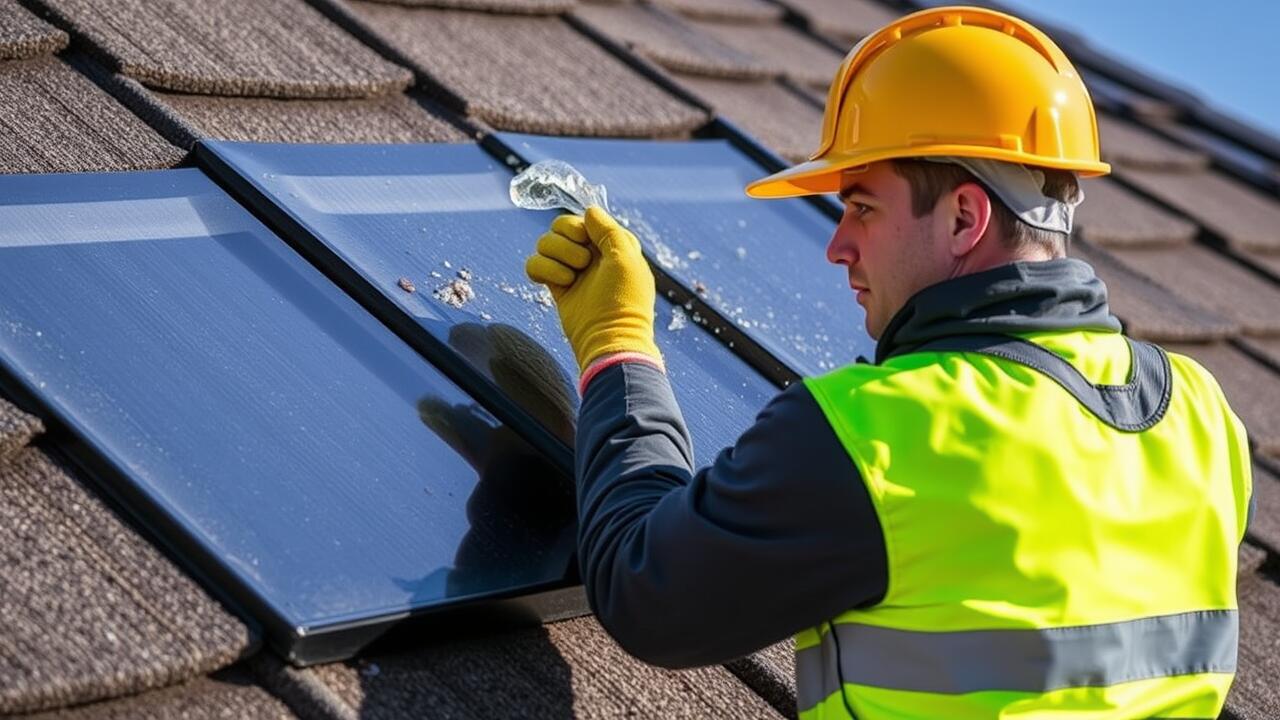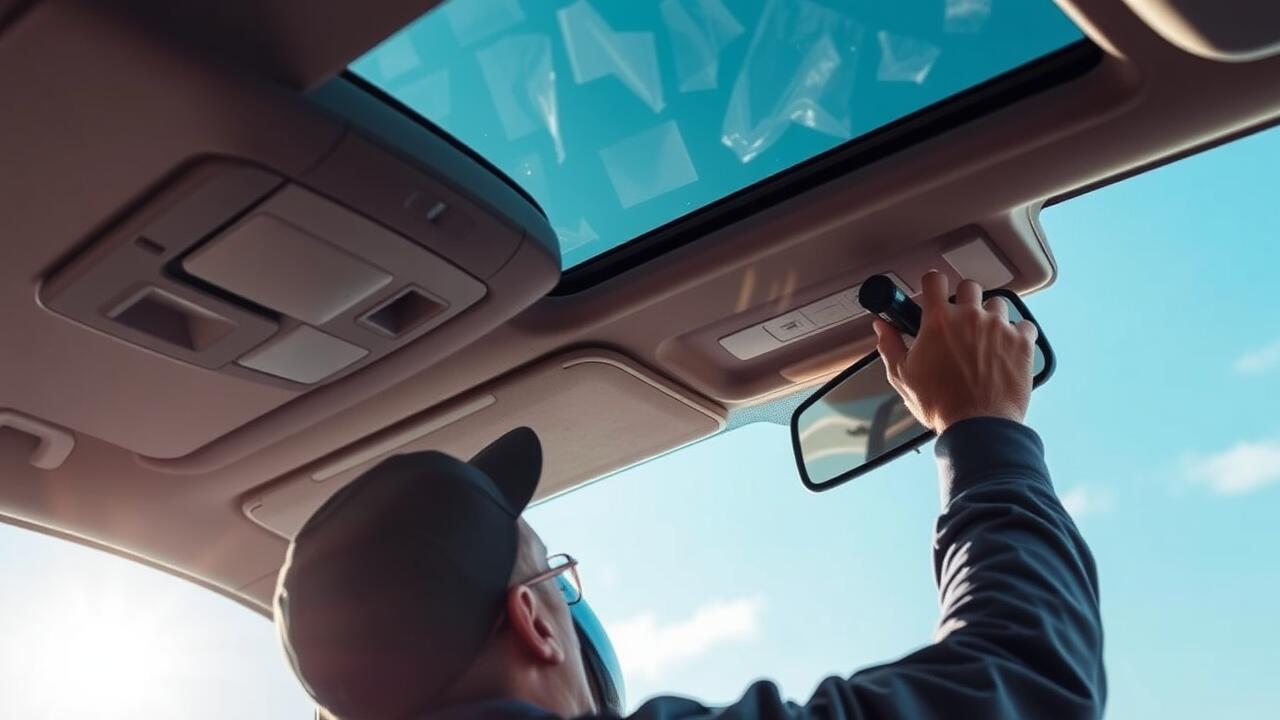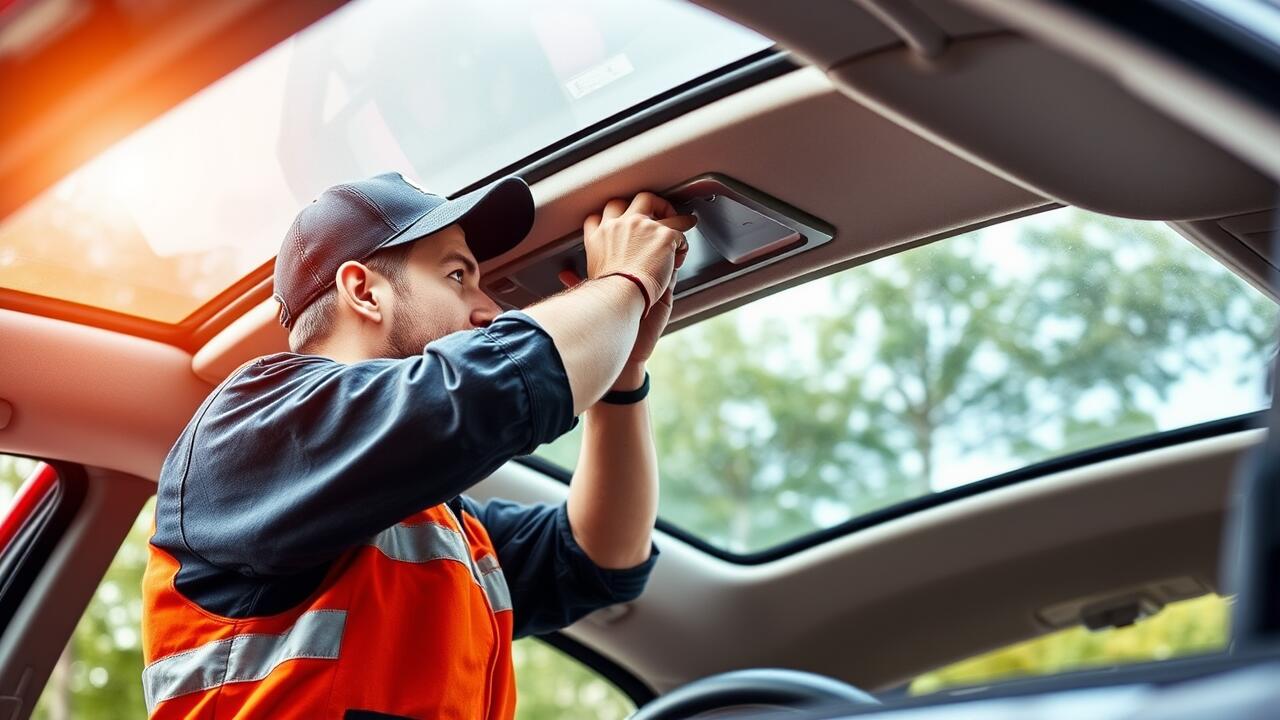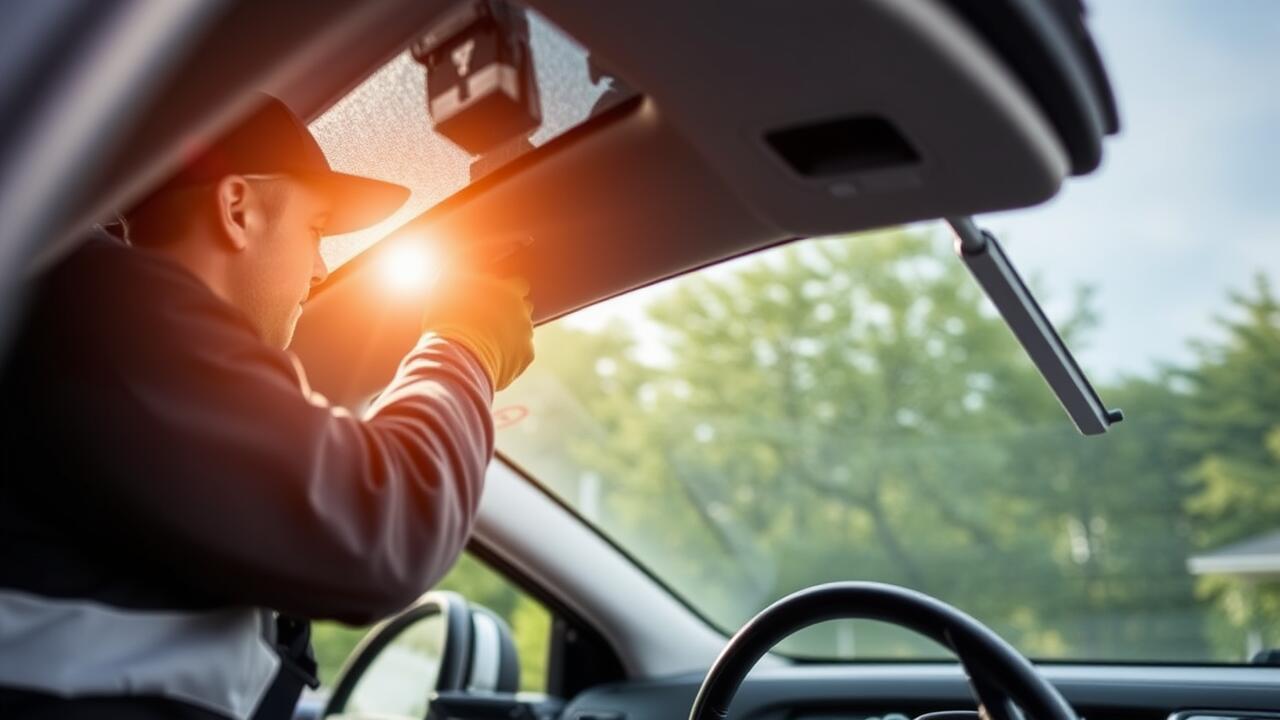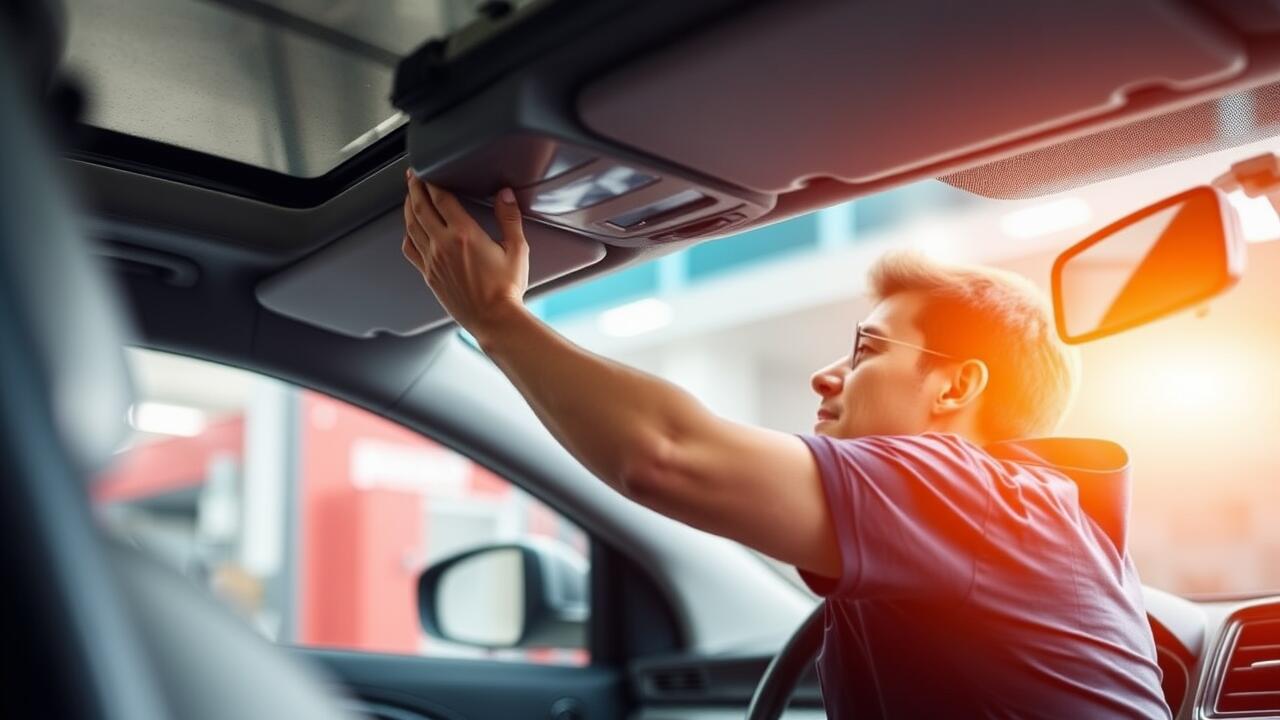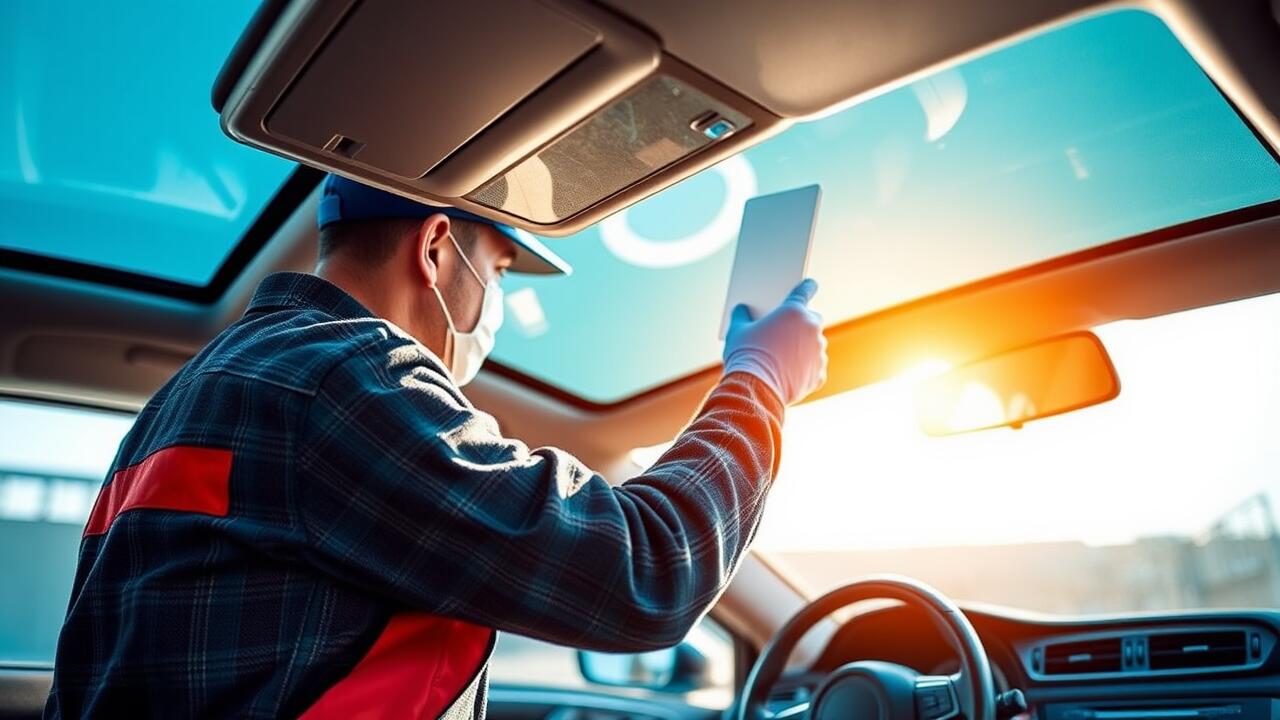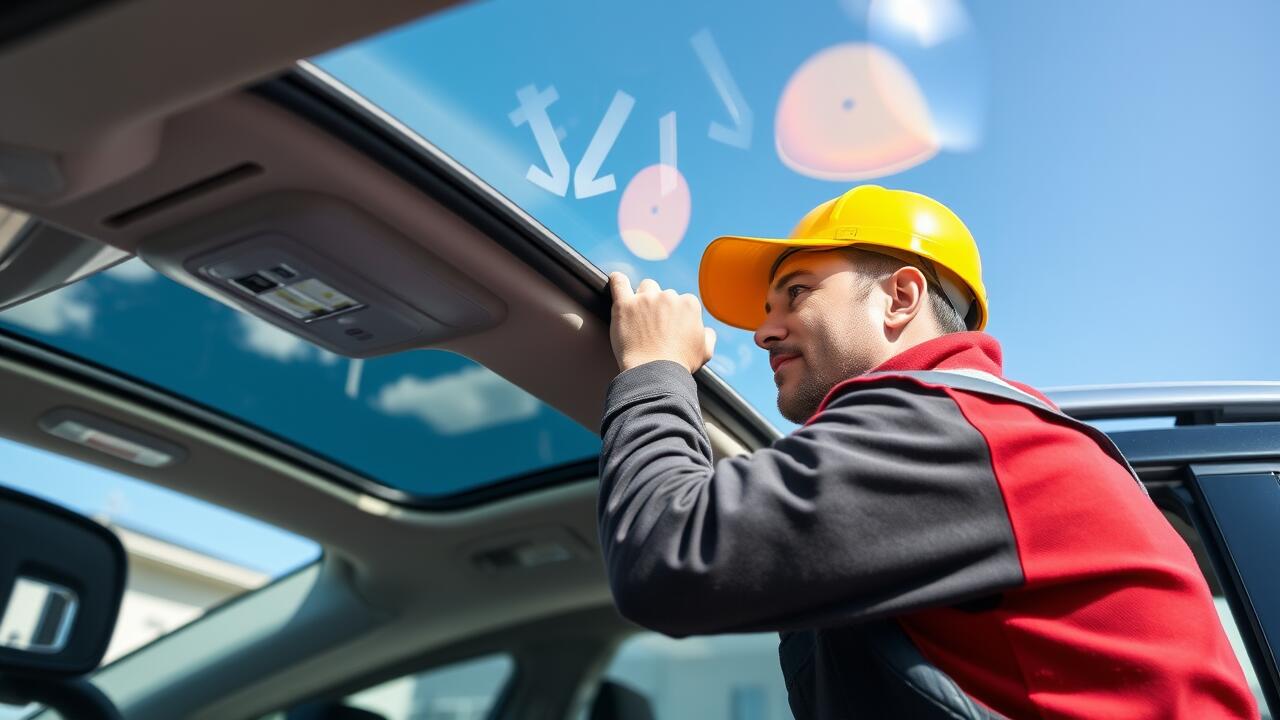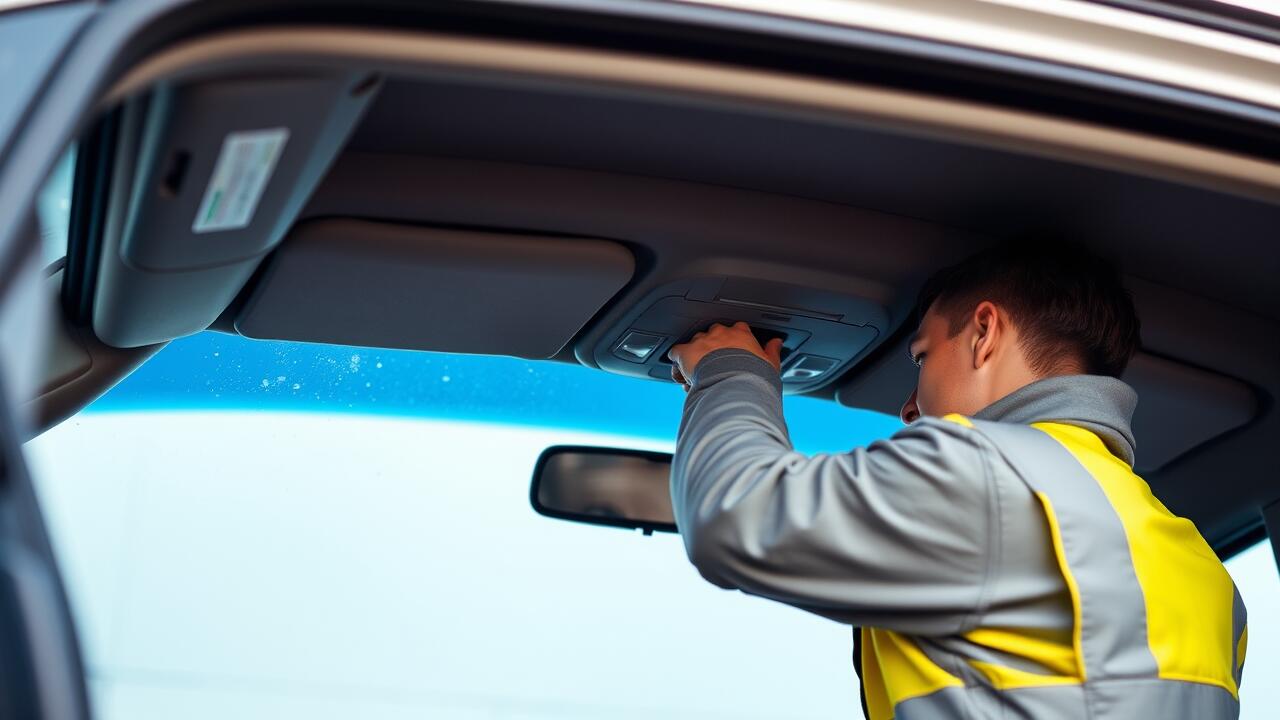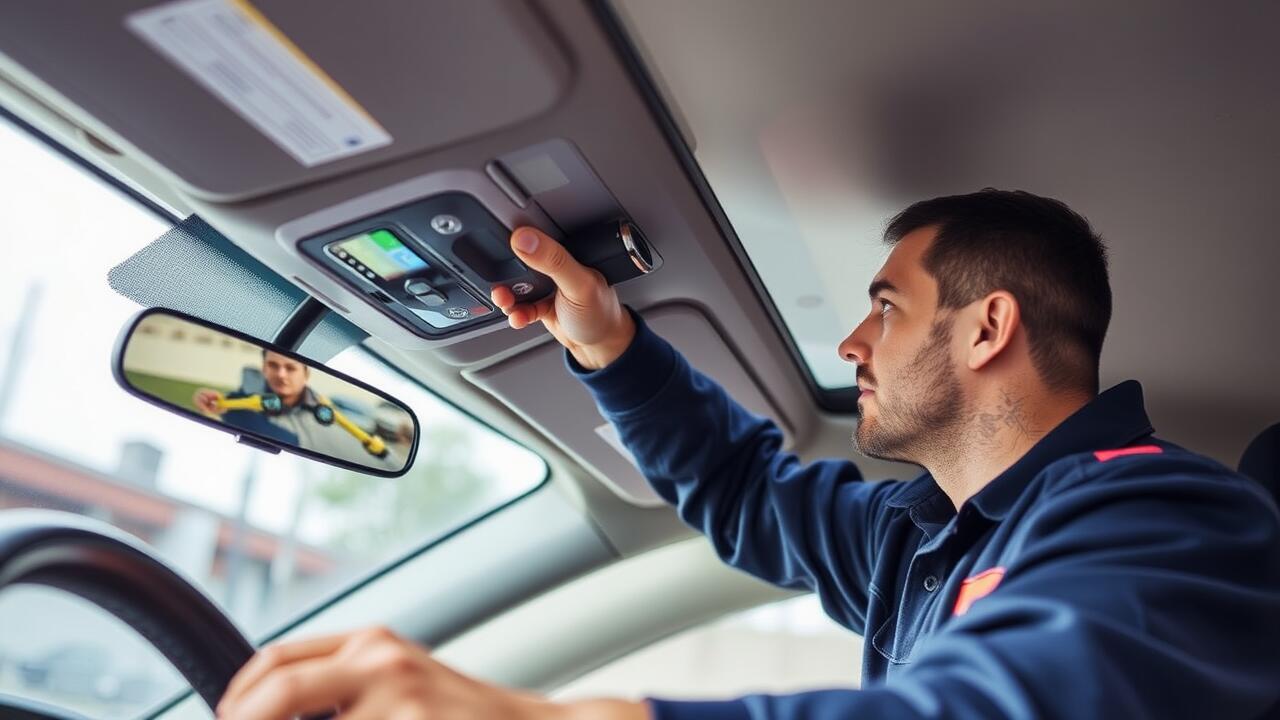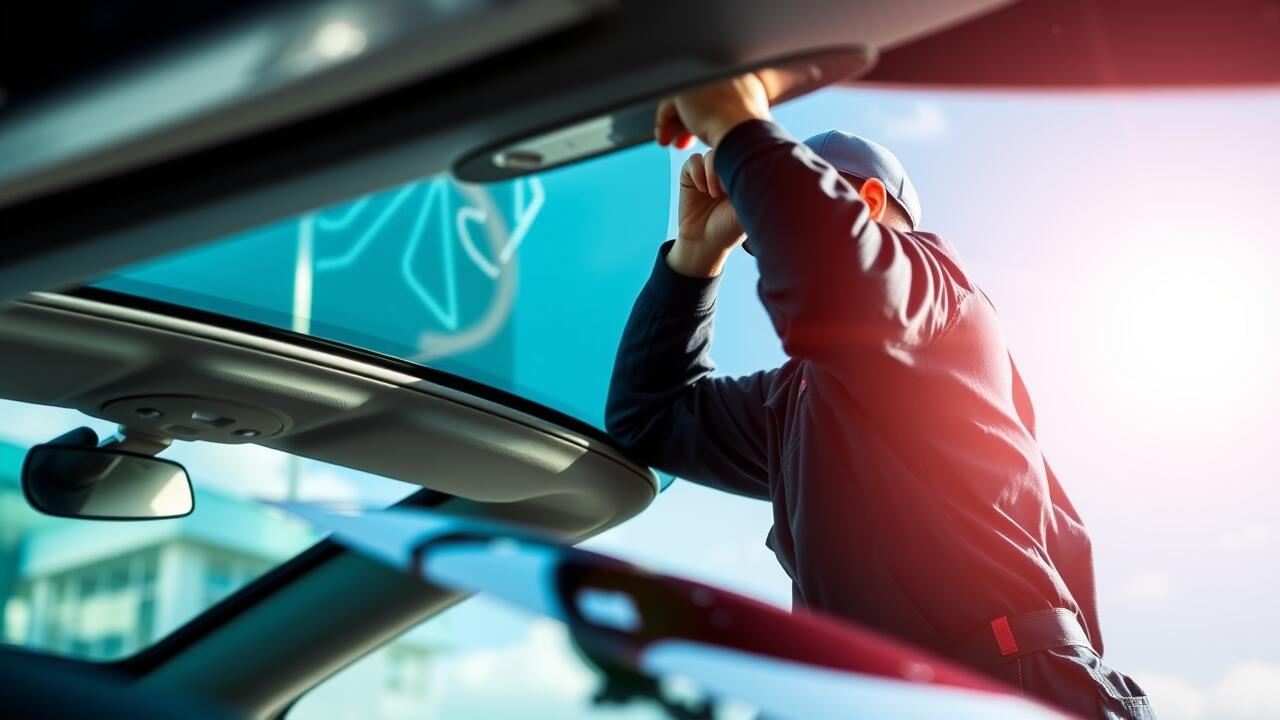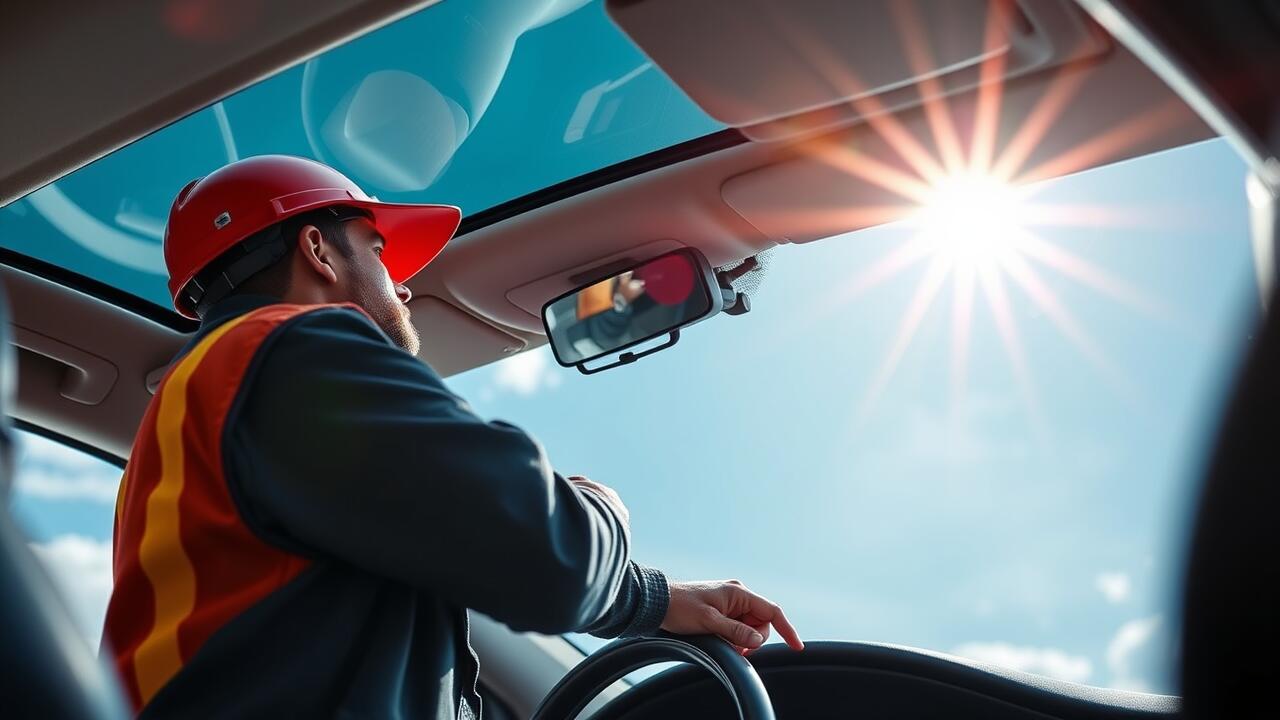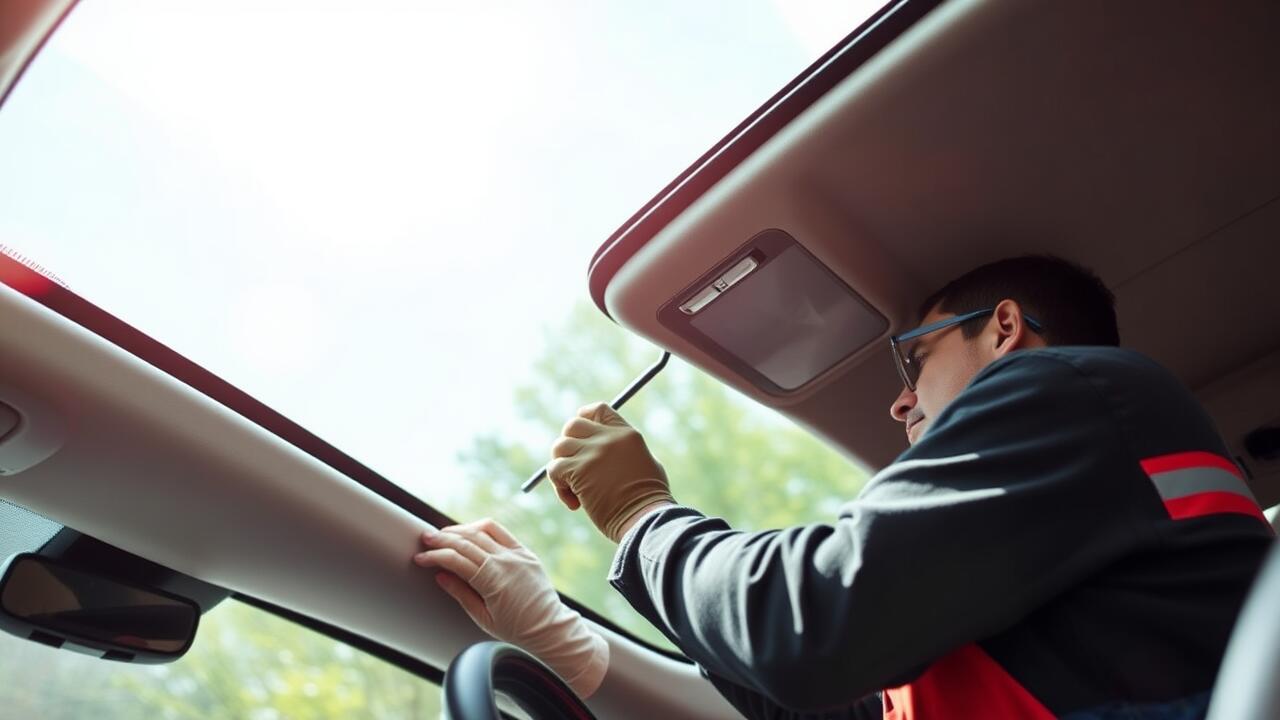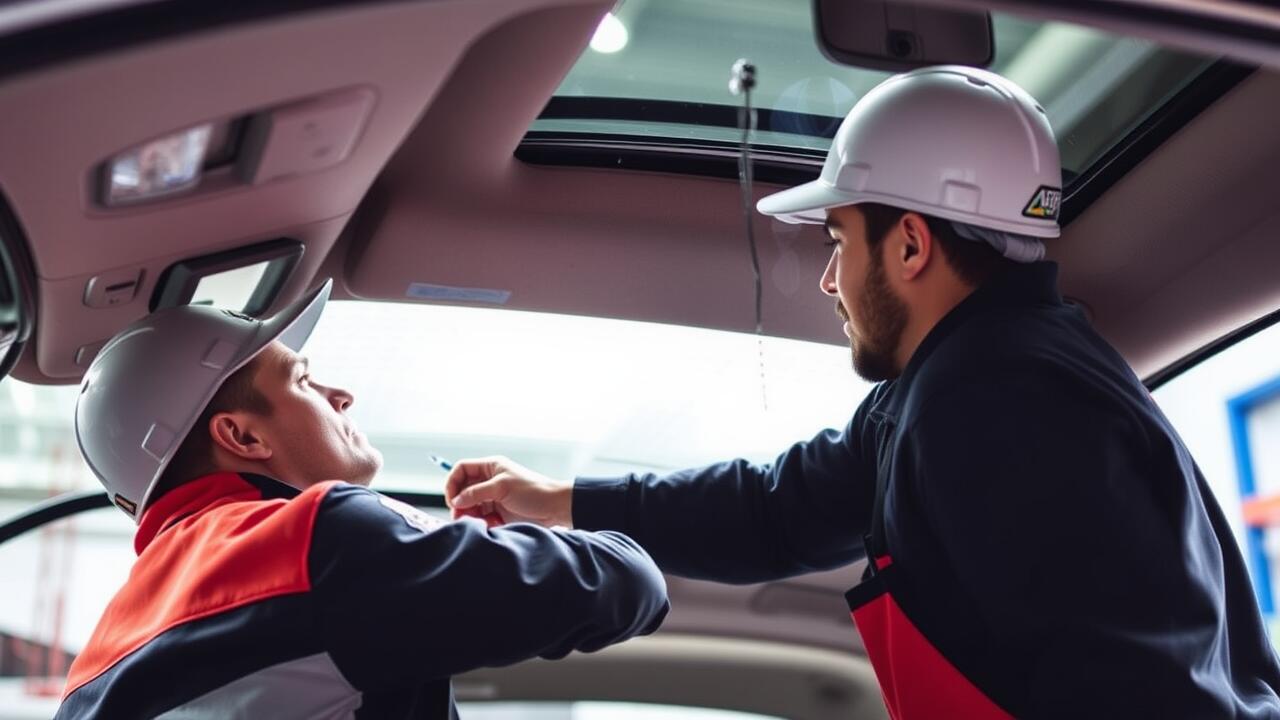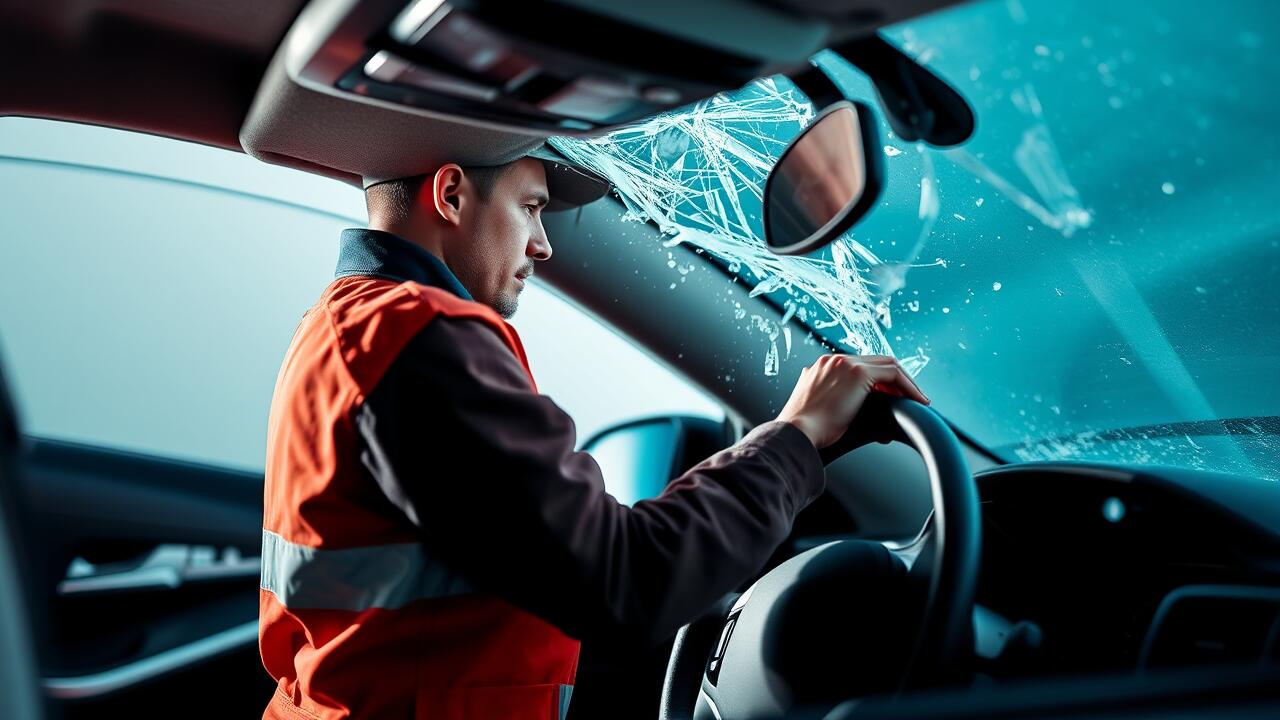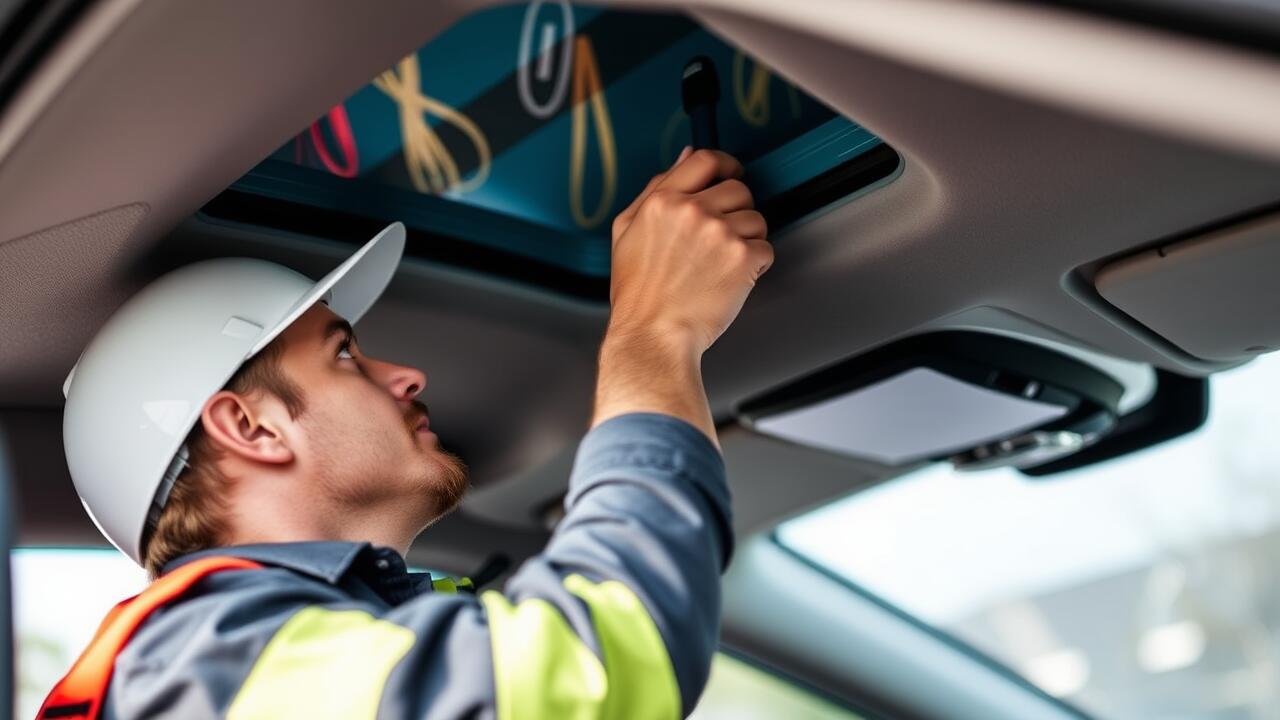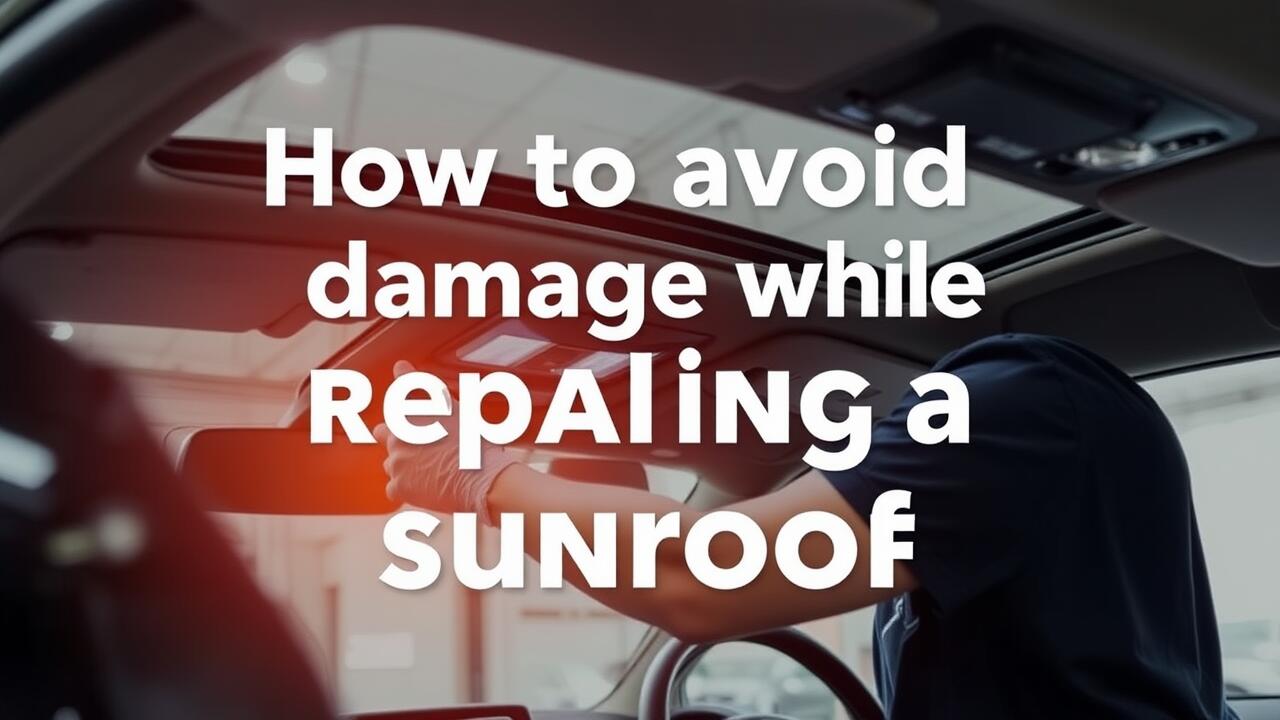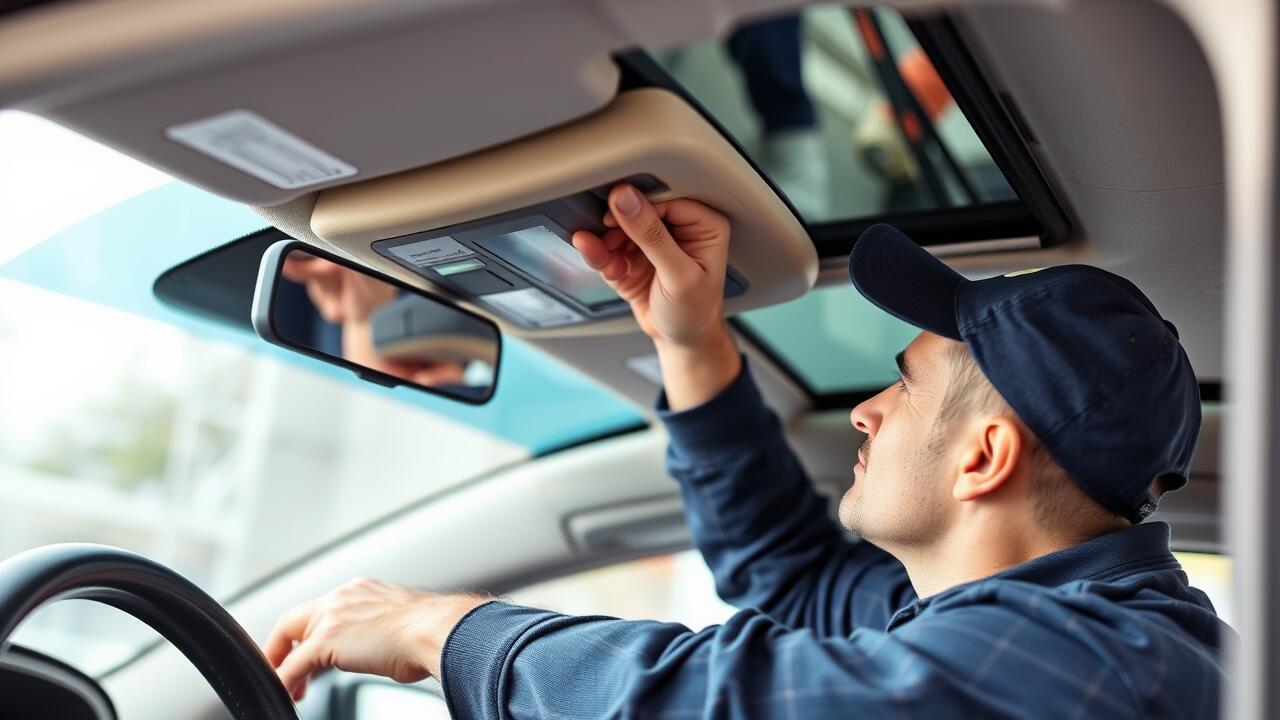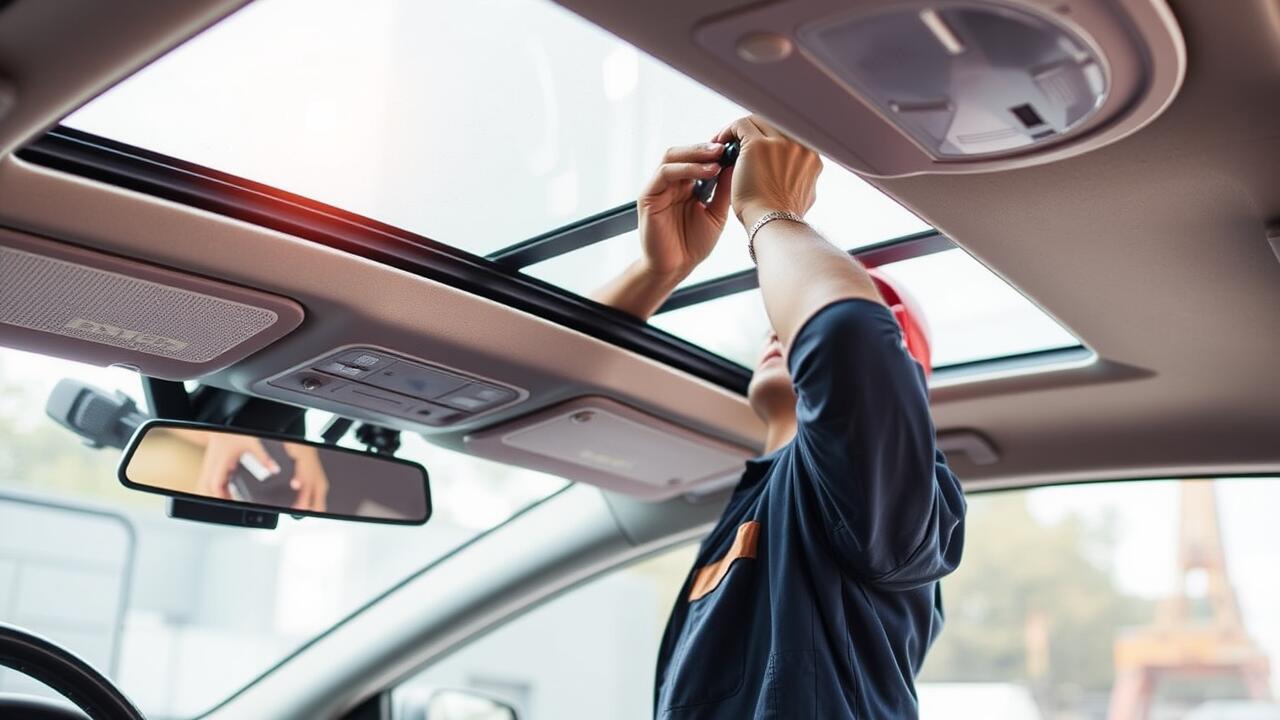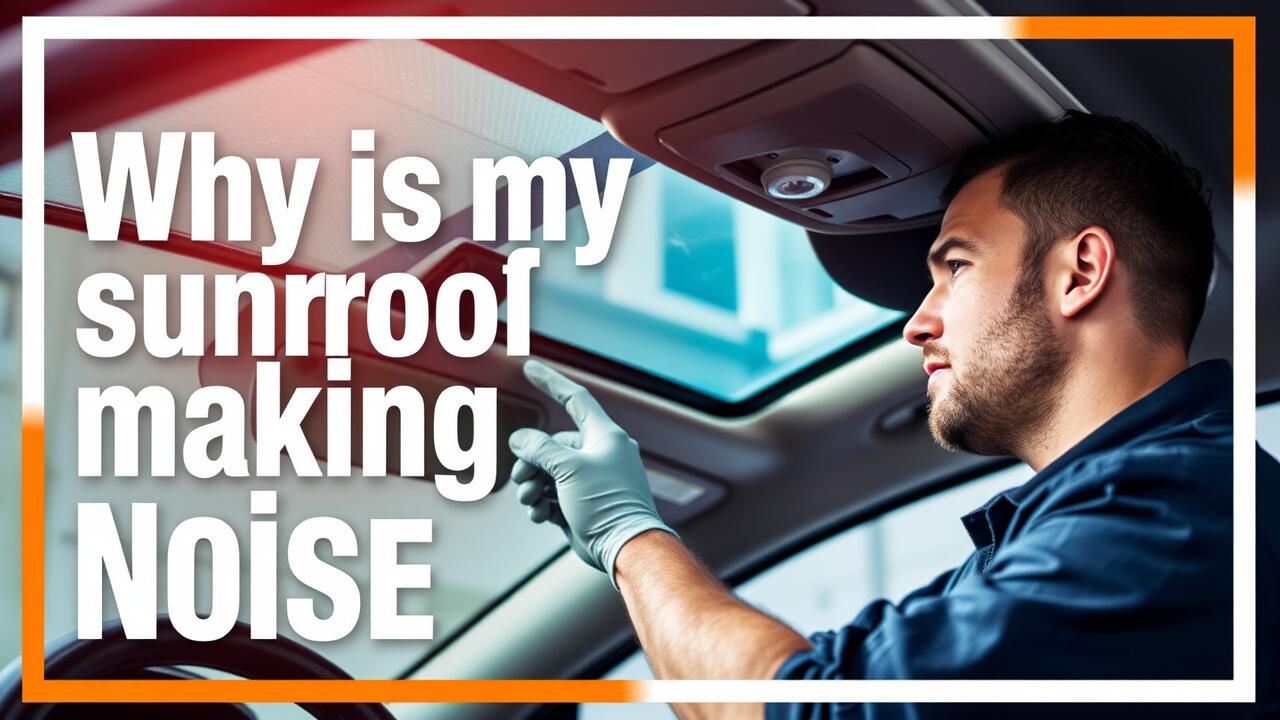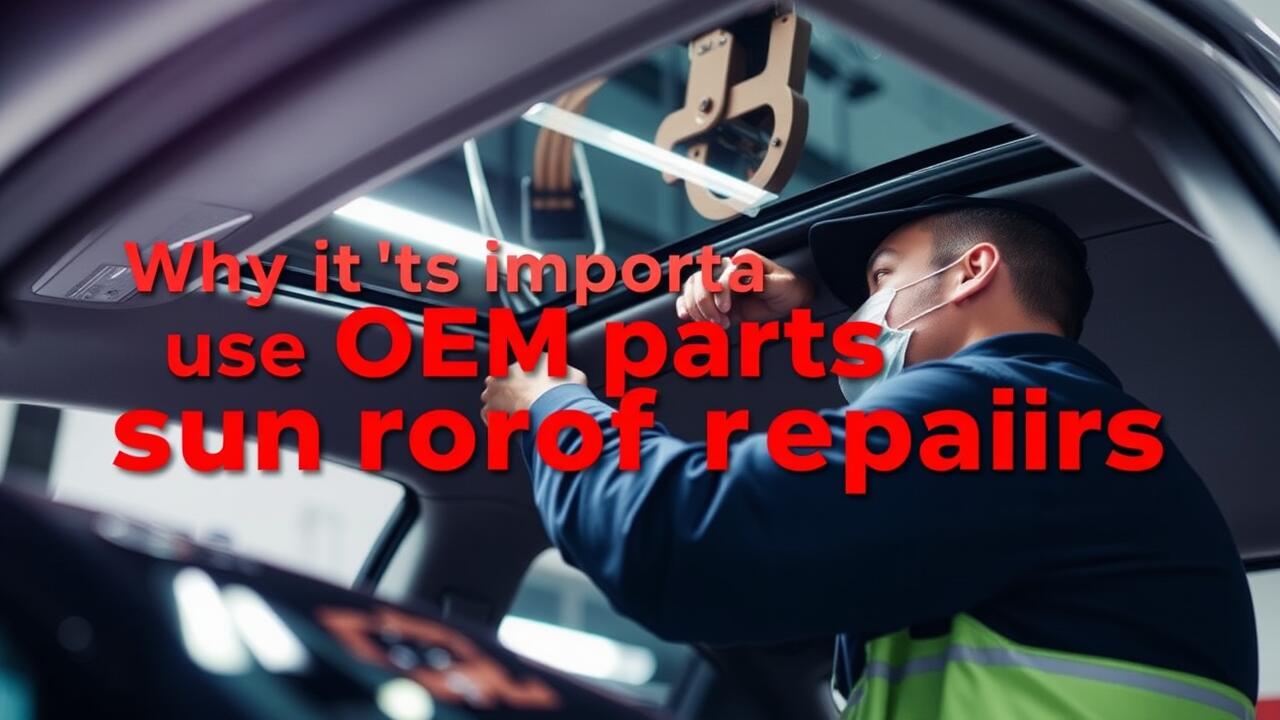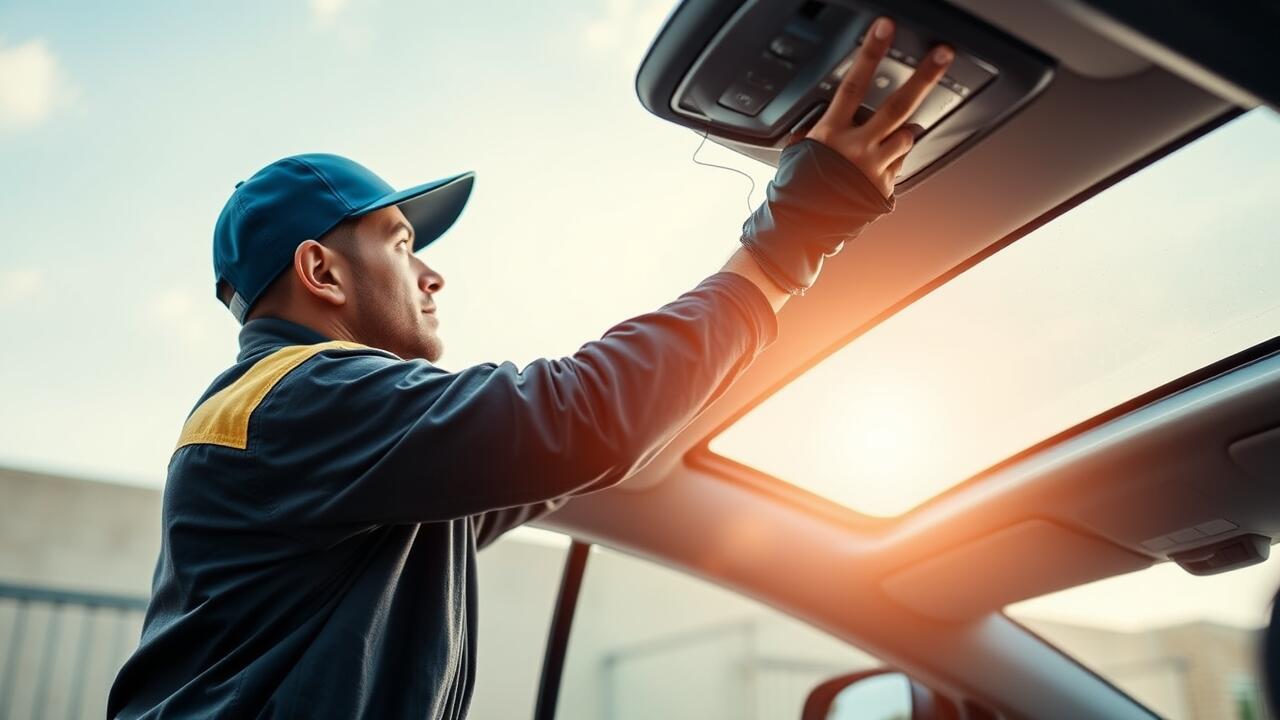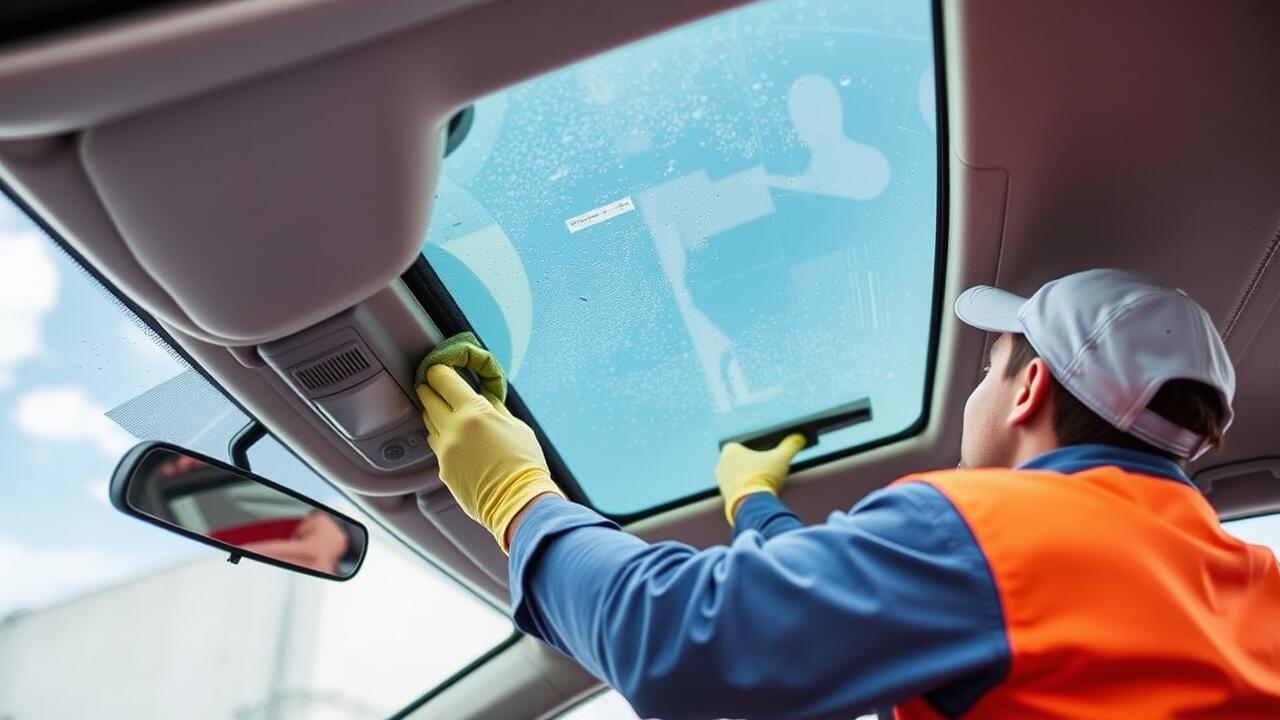
Table Of Contents
Inspecting for Damage
Regular inspection of your sunroof is essential for maintaining its functionality and longevity. Check for cracks, chips, or any signs of wear around the glass and frame. A damaged sunroof can lead to leaks and water entry into the vehicle, which may cause further issues with electronics and upholstery. If you notice any substantial damage, consider scheduling a sunroof repair to address the problem before it exacerbates.
Another critical aspect to assess during your inspection is the condition of the seals. Over time, the rubber seals can dry out, crack, or become misaligned. This deterioration can compromise the sunroof's ability to keep water out and might lead to noise when driving. Keep an eye out for any gaps or irregularities in the seals. Addressing these concerns promptly is essential to avoid costly repairs down the line.
Signs of Wear and Tear to Look Out For
Observing your sunroof regularly can help catch early signs of wear and tear. Cracks or chips in the glass are obvious indicators that the sunroof may need attention. Additionally, inspect the rubber seals surrounding the sunroof for any signs of deterioration. If these seals are damaged or brittle, they can lead to leaks or allow debris to enter the sunroof mechanism.
Pay close attention to any unusual noises when opening or closing the sunroof. Grinding or whining sounds often signal the need for sunroof repair. If the sunroof is not functioning smoothly, it may be due to misalignment or worn-out components. Catching these issues early can prevent more extensive and costly repairs down the line.
Dealing with Clogged Drains
Clogged drains can lead to pooling water inside your vehicle, creating conditions ripe for mold growth and other issues. Regularly inspect the drainage channels located around the sunroof. These channels are designed to guide water away from the interior of the car. If you notice any signs of water accumulation on the interior roof lining or around the sunroof controls, it's essential to address the issue promptly. Neglecting clogged drains can result in more extensive damage, sometimes requiring professional Sunroof Repair.
To clear any blockages, you can start by using a thin flexible wire or a blower to remove debris from the drain openings. Pouring a small amount of water down the drains can help confirm if they are flowing freely. If water doesn’t drain away quickly, the blockage may be more significant. In such cases, consider consulting a professional. Ignoring drainage issues can not only lead to costly repairs but also compromise the functionality of your sunroof.
How to Identify and Clear Drain Blockages
Clogged drains can lead to water pooling in your vehicle, causing damage and potential mold growth. To identify blockages, start by inspecting the drain holes located at the corners of the sunroof. You may use a small flashlight to see if any debris is blocking the flow. Running water through the drains can help determine if they are functioning properly. If water backs up, that signals a blockage that needs attention.
Clearing the drains is usually a simple process. A soft, flexible wire or a small drain cleaning tool can effectively dislodge any debris. Be cautious not to push too hard, as this could cause damage to the drainage system. Regular maintenance can prevent future clogs and reduce the need for more extensive Sunroof Repair. Additionally, ensuring the sunroof mechanism is clean will help facilitate the movement and drainage, keeping the system in optimal condition.
Protecting Your Sunroof from Debris
To maintain the integrity of your sunroof, it is essential to implement measures that protect it from debris. Regularly inspect your vehicle's exterior for fallen leaves, twigs, and dirt that may accumulate around the sunroof. These materials not only obstruct the proper functioning of the sunroof but can also lead to moisture buildup and potential leaks. Investing in a sunshade or mat can help shield your sunroof from falling debris, reducing the risk of damage and the need for expensive sunroof repair.
Another effective strategy is to routinely clean the area around the sunroof. Using a soft brush or vacuum can help remove dirt and debris before it causes any significant issues. Additionally, consider parking under a shelter or in a garage when possible. This will minimize exposure to elements that can contribute to the buildup of leaves and dust. By taking these preventative steps, you can ensure your sunroof remains in good condition and limit the frequency of repairs needed in the future.
Tips for Preventing Leaves and Dirt Buildup
Keeping your sunroof free from leaves and dirt not only maintains its appearance but also prevents potential issues down the road. Regularly empty the sunroof tray to ensure any debris does not accumulate and block drainage pathways. Consider using a sunroof deflector, which can help divert airborne debris while driving. This simple addition reduces the risk of leaves and dust entering the sunroof area.
Routine cleaning can also make a significant difference. Use a soft brush or a microfiber cloth to gently wipe down the edges and frame of the sunroof. This prevents build-up and protects the seals, ultimately prolonging the life of your sunroof. If the issue escalates despite regular maintenance, consulting a professional for sunroof repair may be necessary to address any underlying damage or persistent clogging.
FAQS
How often should I clean my sunroof?
It's recommended to clean your sunroof at least once every three months, or more frequently if you live in an area with heavy pollen, dust, or debris.
What are the signs that my sunroof may be damaged?
Look for cracks, chips, or signs of warping in the glass, as well as any unusual noises when opening or closing the sunroof.
How can I tell if my sunroof drains are clogged?
If you notice water pooling on the interior of your vehicle or if the sunroof is not closing properly, it may indicate clogged drains.
What should I use to clean the sunroof glass?
Use a mild automotive glass cleaner and a soft microfiber cloth to avoid scratching the surface.
Are there any specific products I should avoid when cleaning my sunroof?
Yes, avoid abrasive cleaners, ammonia-based products, or any rough materials that could scratch the glass or damage the seals.
